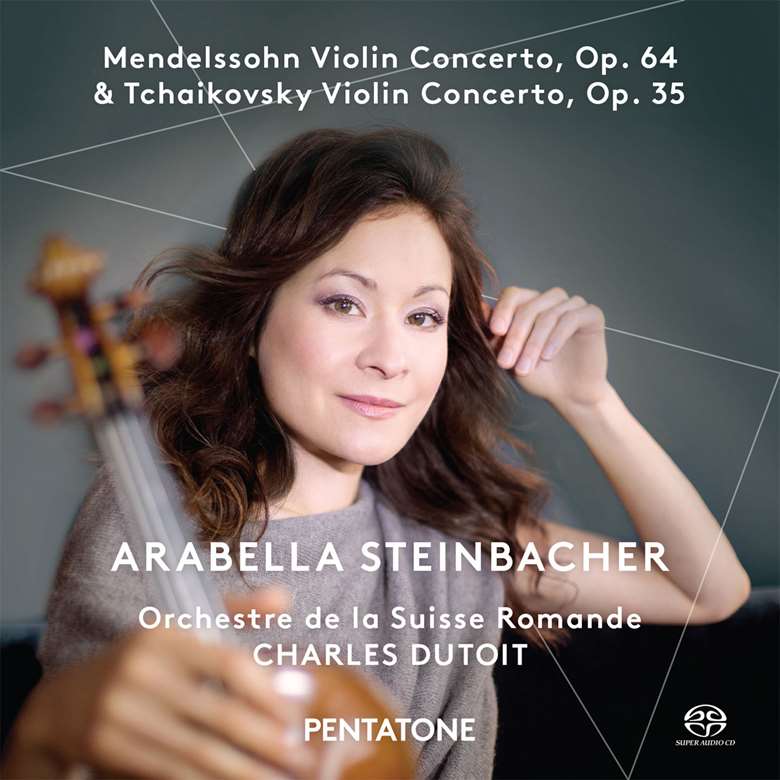Inside Tchaikovsky's Violin Concerto
Gramophone
Monday, May 16, 2016
Arabella Steinbacher joins Ariane Todes to discuss the intricacies of this fiendish piece

Register now to continue reading
Thanks for exploring the Gramophone website. Sign up for a free account today to enjoy the following benefits:
- Free access to 3 subscriber-only articles per month
- Unlimited access to our news, podcasts and awards pages
- Free weekly email newsletter







